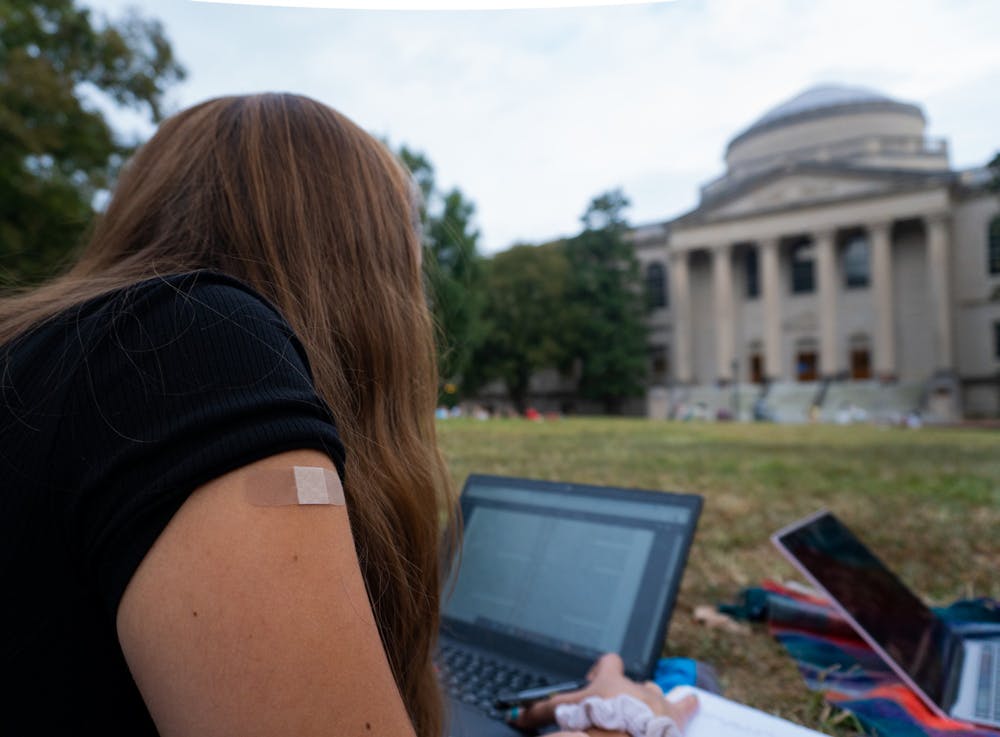Most conversations in medical science right now revolve around COVID-19 and booster shots. As serious as the pandemic is, it’s easy to forget that flu season is also upon us.
Last year, we saw a record-low number of flu cases — likely due to widespread mask mandates, remote work and social distancing. But with school's reopening, workplaces and businesses with a decrease in mask wearing, we are likely to see an increase in that statistic.
Combined with the delta variant, the United States is looking at a potentially dangerous situation for local communities, hospitals and living centers.
Before each flu season, the Centers for Disease Control and Prevention determines which strains of influenza that are expected to appear that given year. The flu shot is then designed to combat those particular strains, and when you get the shot, the immune system is activated and creates antibodies to combat such viruses.
Flu season generally starts in October in the U.S., and lasts until May. The CDC recommends getting your vaccine by the end of October for maximal protection throughout the winter and spring.
Research has shown you can get the COVID-19 vaccine and the flu vaccine at once — the body’s immune response and side effects are generally the same compared to when you get just one of the vaccines.
Flu vaccinations have been estimated to prevent over seven million influenza illnesses, and in turn, prevent associated medical visits, hospitalizations and deaths. If you do end up getting the flu after getting your shot, multiple studies have proven that having a vaccination reduces the severity of the illness — that might mean having symptoms for a shorter period of time or decreased symptom intensity.
Additionally, the flu shot is a significant preventive tool for individuals with chronic health conditions, such as diabetes and lung disease. It can protect and be potentially lifesaving for pregnant people and children.
Getting vaccinated also shares one of the main benefits of the COVID-19 vaccine — it can help protect people around you, such as individuals who are more vulnerable to serious flu illness, or are immunocomprised and can't get the vaccine themselves.



